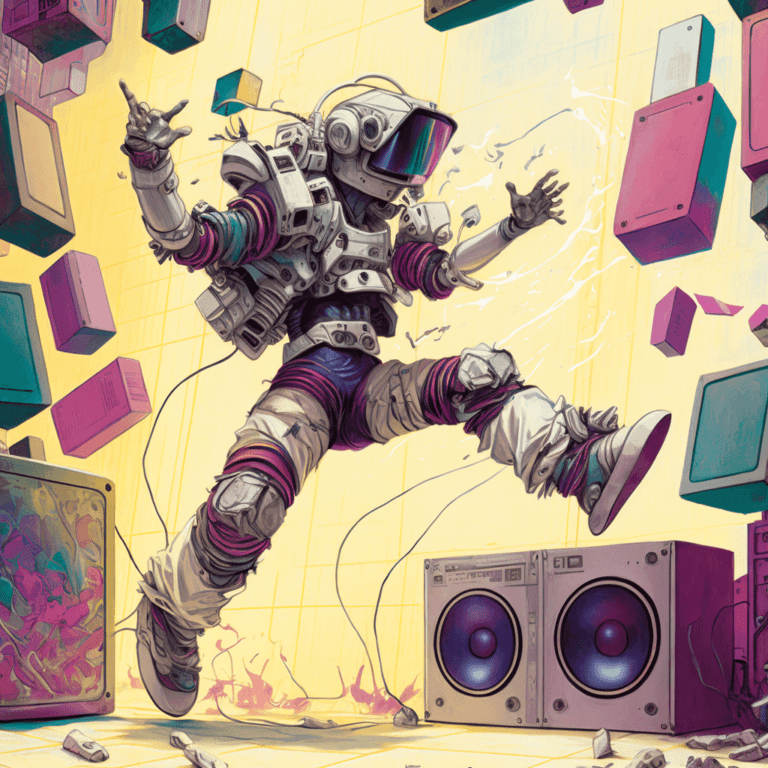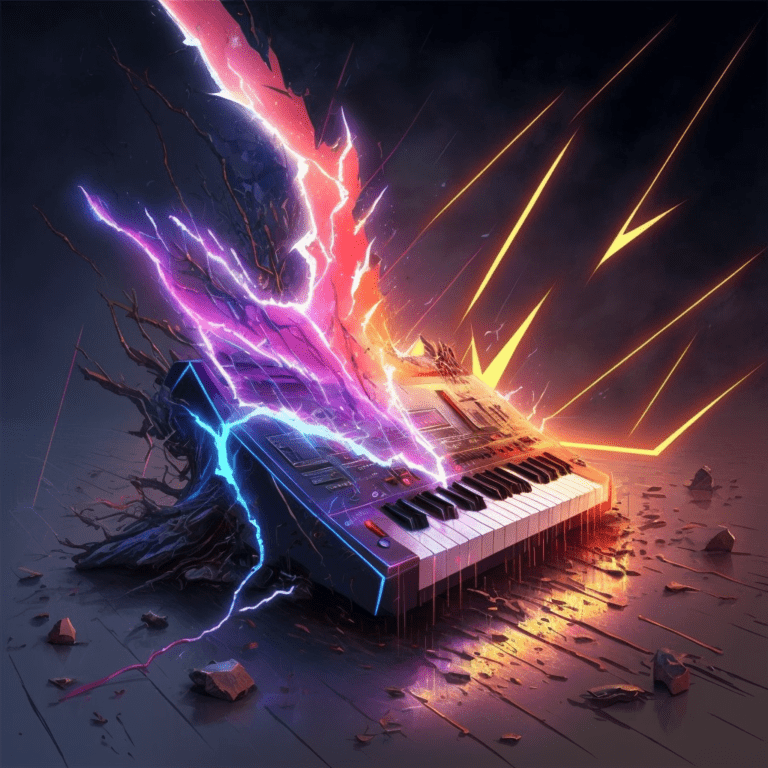IR reverb
IR reverb stands for “Impulse Response reverb,” which might sound a bit technical at first, but let’s break it down into simpler terms. In the world of music production, reverb is a special effect used to simulate the way sound behaves in different environments, like rooms, halls, or even outdoor spaces. It adds a sense of space and depth to the audio, making it sound more realistic.
Now, the “Impulse Response” part refers to the unique character and acoustic fingerprint of a particular space. Think of it like a musical photograph of a location’s sound. When you take a snapshot of a sound in a specific place, it captures all the echoes, reflections, and resonances that make that location’s sound signature.
This snapshot, or Impulse Response, is like a secret sauce that gives reverb its magic. It allows music producers to replicate the acoustics of real-world spaces and apply them to their recordings. By using IR reverb, they can make a small studio sound like a vast concert hall or a cosy living room, depending on the effect they want to achieve.
To apply IR reverb, producers use specialised software and digital processors. They load the Impulse Response of a desired location into these tools and adjust parameters like reverb time, decay, and room size to shape the sound according to their artistic vision.

So what’s this site all about anyway?
Well, if you ever find yourself needing music for anything – a YouTube video, a podcast, a school project, a presentation, TV commercial or even a film – then browse, preview and download any of our tracks





